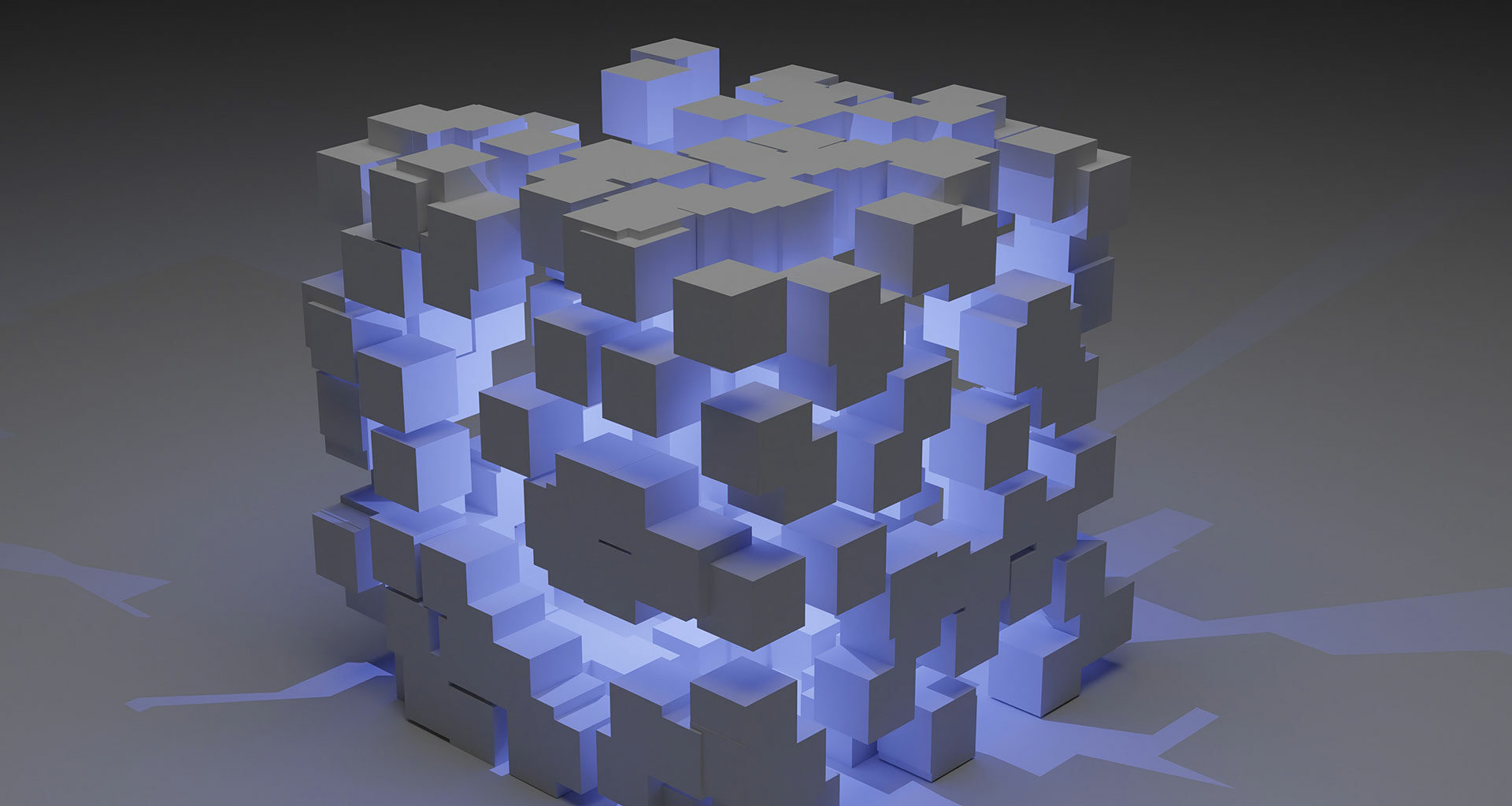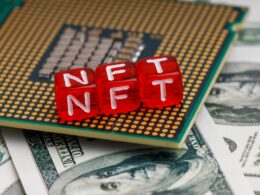The personalized nature of NFT rewards presents a new frontier for reward concepts, and it’s waiting to be explored.
Non-fungible tokens might be the next “Big Thing” in loyalty program rewards – if organizations follow some timely guidelines. The fast evolution of NFTs, from highly niched techy purchases to mainstream expressions, explains why.
By Jenn McMillen, Founder and Chief Accelerant, Incendio
If an Image Can Be Worth 1,000 Points, Is It a Good Reward?
Today, in the offices of retailers and brands nationwide, smart people are estimating how many transactions are worth the reward of one non-transferable, expressive asset – also known as a non-fungible token (NFT).
NFTs are digital representations of an event, artwork or historic moment that cannot be replaced, often encrypted with the author’s signature. It’s kind of like buying original art – back in March, the first NFT painting auctioned off for $69 million. But unlike buying a painting at a gallery, ownership of an NFT is stored on a digital ledger called blockchain, the same place where cryptocurrency ownership is recorded.
More consumers are shelling out big dollars to own these unique digital images for many reasons in addition to bragging rights. Consumers are attracted by their novelty, the chance to support the arts and by the potential resale value (like any investment, that would be based on speculation and scarcity). There even are communities emerging around specific collections of NFTs, kind of like a Harley-Davidson rider community.
As a result, more NFTs are coming to market, and logic suggests some members would cash in their reward points for the same. NFTs, as one-of-a-kind digital files, can grant ownership to a broad spectrum of specific digital assets, including music, digital art, jpeg images – even access to retail rewards.
And therein exists the opportunity for reward operators eyeballing the now $7 billion NFT market: the experiential and novel quality of NFTs is well aligned with what defines some of the most effective loyalty program rewards, in terms of strengthening customer engagement. But even more attractive is the flexibility of NFTs; they can be designed to serve as gateways, or tickets, to future rewards, enhancing their value.
Big Brands Are Blazing an NFT Trail Toward Loyalty
More reward operators should follow the lead, and dollar signs, of major brands that are tapping into the NFT marketplace as a revenue stream. These include Nike, which filed seven trademark requests for virtual goods; Italian luxury label Gucci, which auctioned off an NFT version of its fall/winter collection at Christie’s; and Dolce & Gabbana, which in October sold a nine-piece collection of fashion NFTs for a record $6 million.
These high-profile brands are attracting headlines that are turning the heads of the NFT curious. Since then, more mainstream brands picked up the thread, but instead of selling NFTs, they began offering them as reward currency.
Among Those Adopting NFTs as Rewards:
- Clinique in the fall began granting its reward members the chance to win free products along with one of three editions of an NFT artwork, called “Meta Optimist,” that changes colors based on the beauty brand’s most popular items. Members entered by sharing their stories on Instagram, TikTok and Twitter.
- Marriott International in December added NFTs to the rewards its Bonvoy program members can win. The NFTs – digital collections by three artists that capture their interpretations of travel – were auctioned off at the Art Basel contemporary art show in Miami.
- The band Kings of Leon doesn’t operate a formalized loyalty program, but it is using NFTs in a reward-for-loyalty model. The band released its album as an NFT and then gave fans a chance to win one of six golden-ticket NFTs, each of which contained coveted concert perks, like lifetime front-row seats.
4 Easily Transferrable Reward Guidelines for NFTs
It’s logical to expect more organizations to create unexpected reward experiences using NFTs, because the concept is just so versatile. Anything rooted in a creative and evocative moment can be captured as an NFT, and the value of the reward directly correlates with the depth of a member’s loyalty.
Expression can be misunderstood, however, so early adopters should be cautious about tone. Here are four guidelines that can open new NFT reward portals.
- Making earth-hugging NFTs. Because cryptocurrencies are digital, buying and selling them takes a lot of computing power that emits greenhouse gases. This can lead to environmental concerns about NFTs because most are bought and sold using the cryptocurrency Ethereum. Reward operators can find ways to alleviate environmental issues the same way detergent makers reduce their carbon footprints by shrinking their bottle sizes. An NFT reward can, for example, open up contributions to select environmental groups or animal preservation funds.
- Tapping into interest, not just income. The most talked-about NFT sales involve high-dollar items, but rewards should be attainable to all, meaning NFT rewards should be “priced” to reflect the brand’s customer base. Take the NBA’s Top Shot program, a digital card collection designed to appeal to the general public. The concept, although not linked to a rewards program, is an evident success: Dapper Labs, creator of Top Shot, was valued at $7.6 billion in September.
- Aiming for the heart, and for rabid fandom. Hardcore fans make for hardcore reward members, whether it’s in sports, arts or hobbies. Millions of people follow NASCAR, for example. The drivers and vehicles mean a lot to these fans, but they can’t own them, just as they can’t own a stage actor or pro golfer. Fans can, however, own an NFT video of a driver crossing the finish line or golfer making a hole in one.
- Creating one-of-a-kind collaborations. Reward members like choices, and NFTs present brand-partnership opportunities in which members can use the NFT they earned through one organization to open perks with another organization. Marriott Bonvoy can, for example, offer highly active members a chance to earn NFTs for sexy vehicle upgrades with a participating rental car company (and they can keep the image of that sassy Camaro convertible).
An Image Is Just the Start of the Rewards NFTs Can Bring
Look, few transactions prove a customer’s loyalty to an organization as them cashing in their reward points for a symbol of what that organization means to them. But that symbolism is just the jump-off point for NFTs. The personalized nature of NFT rewards presents a new frontier for reward concepts, and it’s waiting to be explored.
Don’t keep it waiting, because the competition is not.
 Jenn McMillen, nationally renowned as the architect of GameStop’s PowerUp Rewards, is Founder and Chief Accelerant of Incendio, a firm that builds and fixes marketing, consumer engagement, loyalty and CRM programs. Incendio provides a nimble, flexible and technology-agnostic approach without the big-agency cost structure and is a trusted partner of some of the biggest brands in the U.S.
Jenn McMillen, nationally renowned as the architect of GameStop’s PowerUp Rewards, is Founder and Chief Accelerant of Incendio, a firm that builds and fixes marketing, consumer engagement, loyalty and CRM programs. Incendio provides a nimble, flexible and technology-agnostic approach without the big-agency cost structure and is a trusted partner of some of the biggest brands in the U.S.
Photo by Shubham Dhage on Unsplash.













